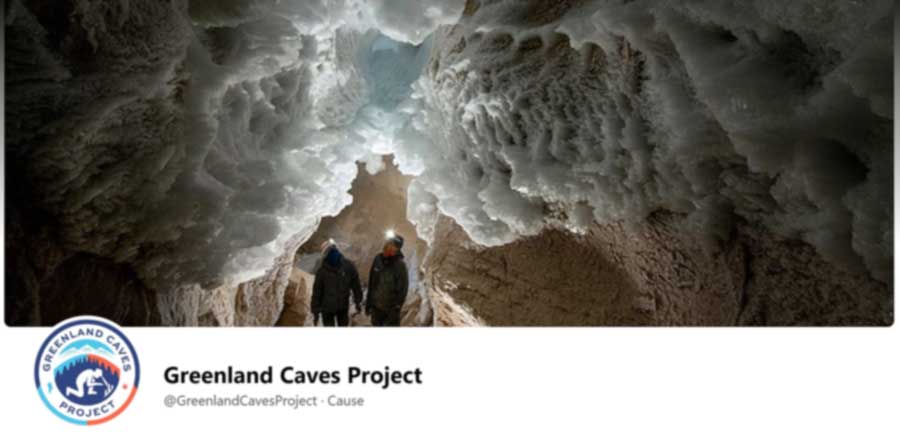The research team of Gina Moseley, the geologist from the University of Innsbruck, investigated f 12-centimetre-thick sample of a flowstone from a cave in the northeast of Greenland. One of the features of this kind of cave deposits is that in order for it to form the climate in the corresponding area must be much wormer and wetter than today's Greenland. The period between about 588,000 to 549,000 years before present to which the formation of the flowstone corresponds is considered to be cooler on the global scale compared to the present. This suggests that at that time the Arctic was warmer in contrast to other areas of the time.
The anomaly warmth of the Arctic might be attributed to the different orbital position of the earth related to the sun at that time. The uranium-thorium dating method used by Moseley allows to extend the timeline of our understanding of Greenland's past compared to the 128,000-year-limit of the deep Greenland ice cores.
As Moseley says. "The Arctic is warming at more than twice the rate of the global average. Understanding more about how this sensitive part of the world responds in a warmer world is very important.".
